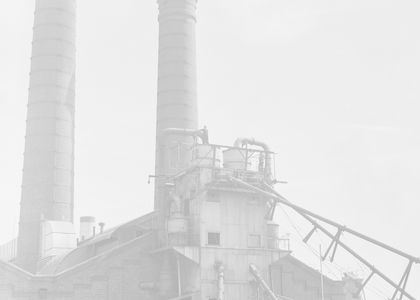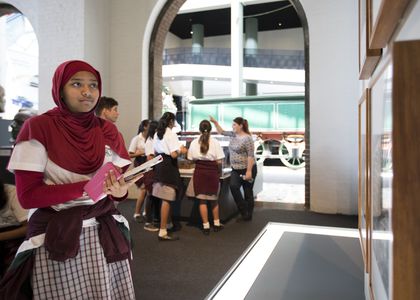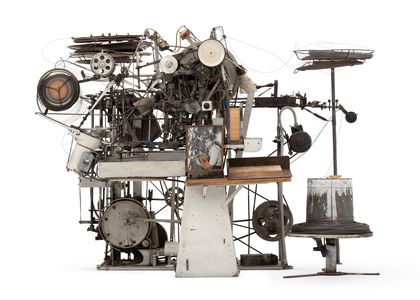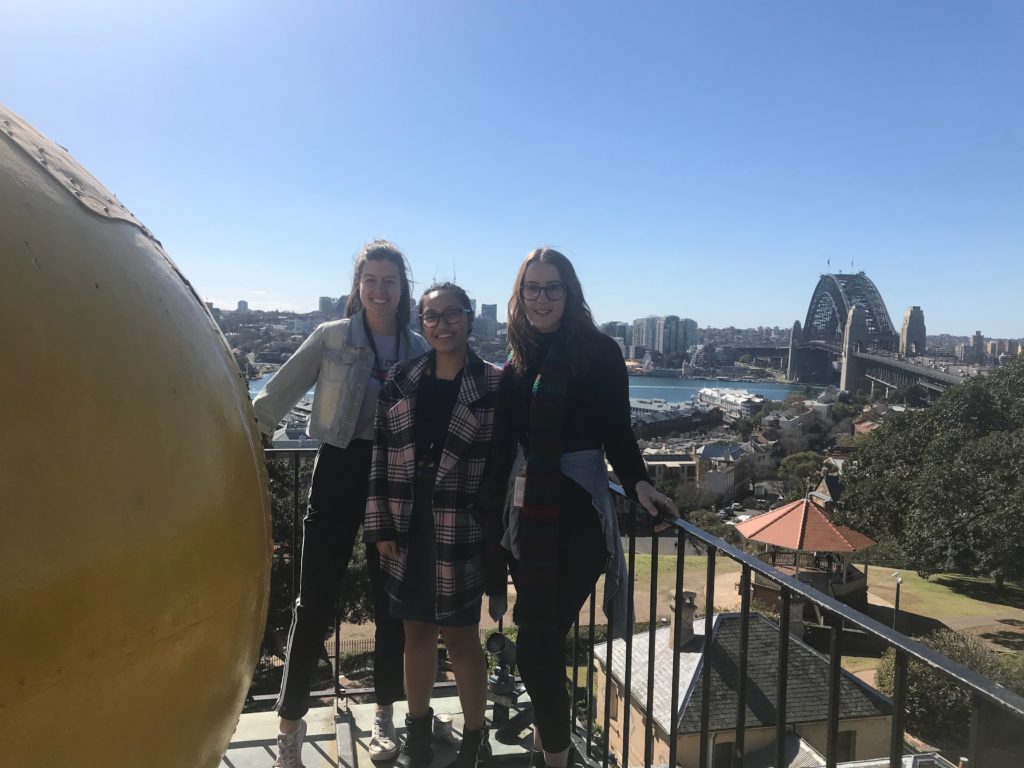
As a third year university student studying an arts degree, the same inevitable and dreaded question often arises in daily conversations; “oh, so what kind of job are you hoping to get with that degree?”
My answer has always been that I would like to work as a curator or conservator in museums and art galleries, as I enjoy uncovering the history of objects and understanding what they can tell us about the past. I’ve always been that way inclined about history, and can distinctly remember annoying my parents as a child, insisting that as we walk through the museum, we stop and read every single label. Undertaking an internship with the Museum of Applied Arts and Sciences for the past few months simply confirmed that three years of the dreaded “degree” question was worth it, as this was most certainly the career for me.
Throughout the course of my internship, I have worked on acquiring four new objects for the Museum’s collection; a DNA test kit from ancestry.com, Lego pieces made from sustainable materials, a Barbie STEM Kit, and the research materials from a new generation of condoms designed by Australian scientists. Supervised by Curator Tilly Boleyn, I compiled acquisition proposals for each new potential object, conducting research, and presenting a case as to why the Museum should collect such items. I learnt how to interpret the significance of objects, and how to convey each item’s unique story in a creative and captivating way.
One of the acquisition proposals I worked on during my internship was for a new generation of condoms, recently designed by Australian scientists from the University of Wollongong and Swinburne University of Technology. The research project, entitled Project Geldom, came to fruition as a response to the 2013 Grand Challenges Exploration, issued by the Bill & Melinda Gates Foundation. This challenge called upon researchers around the world to develop a ‘new generation of condoms’, a task which was undertaken by the team at Project Geldom, who designed a line of condoms made from a water-based hydrogel. The successful development of this particular project is a significant moment in the history of health and medical sciences, as there has not been a large technological advancement in the field of condom production since the introduction of latex in the 1930s. Utilising hydrogels as an alternative to latex, Project Geldom demonstrates the impact of innovative materials on an existing and somewhat stagnant field of production.
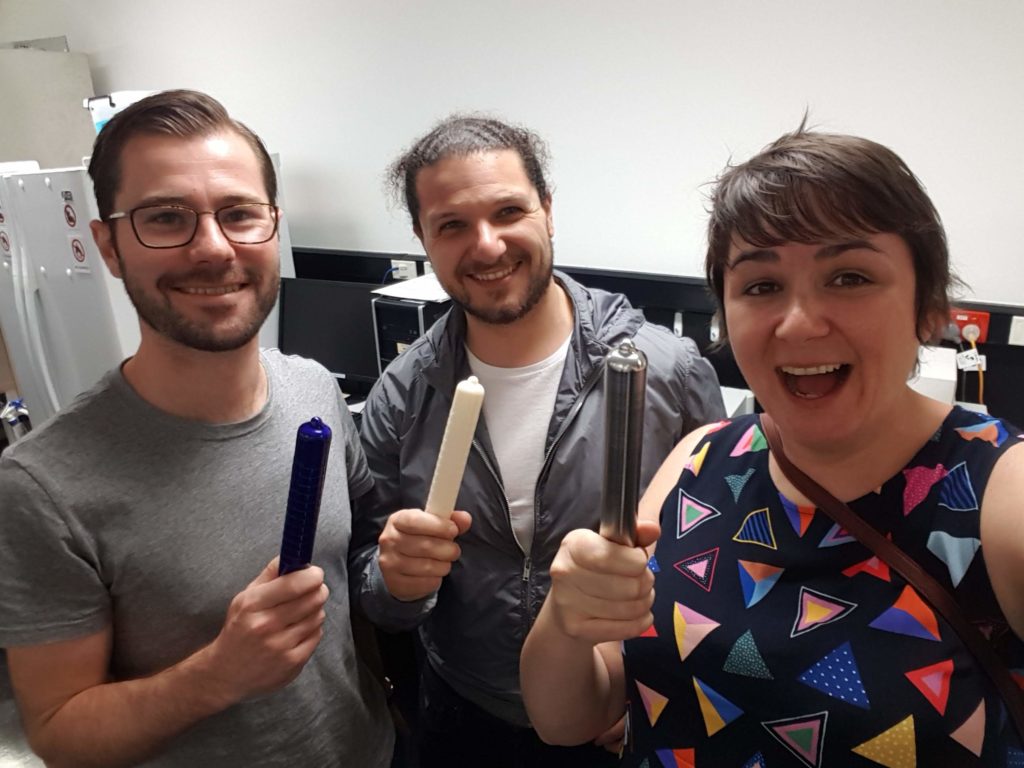
After myself and Tilly met with members of the Project Geldom team, it was agreed that the Museum would attempt to acquire much of the research materials that were used to develop the new line of condoms. Such materials would be beneficial for the Museum’s collection, as the history and development of contraception is a topic already well documented by the Museum. Including items such as a sheep gut condom, a bikini condom for women, and vintage condom packaging, the Museum of Applied Arts and Sciences owns quite a number of items relating to contraception. The new hydrogel condom further enhances this narrative, demonstrating modern innovations in the field and potentially marking the start of a twenty-first-century condom revolution.
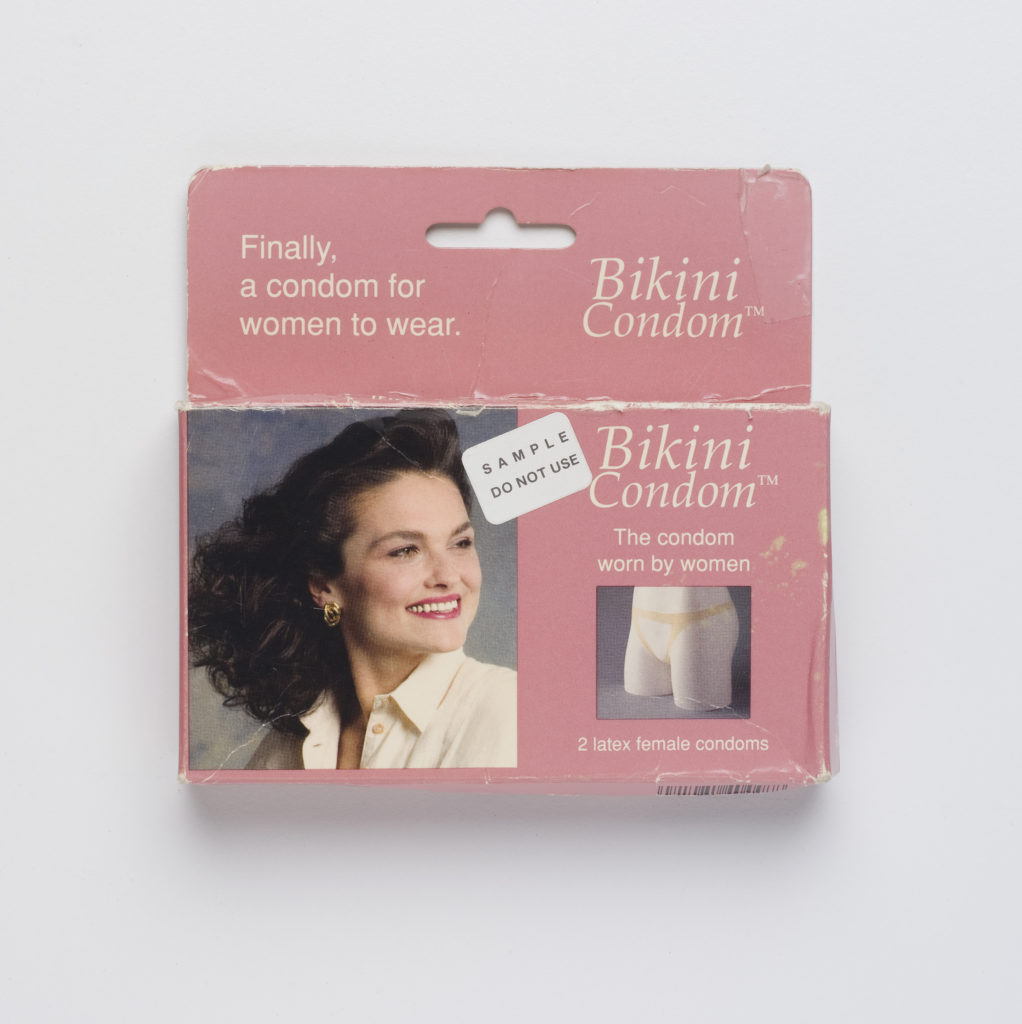
Whilst my internship primarily consisted of conducting research and preparing acquisition proposals, I also had the opportunity to attend curatorial workshops, take part in walk-throughs of new exhibitions, and visit the Museum of Applied Arts and Science’s other sites, including the Museum Discovery Centre and Sydney Observatory. A once in a lifetime experience, my internship taught me a number of practical skills to accompany my degree and encouraged me to continue pursuing a career I’m truly passionate about.
Written by Meg O’Donnell, MAAS Intern 2018.
To discover more about what our MAAS curators do you can read Tilly Boleyn’s post ‘A day in the life of a science curator’. If you would like to follow in Meg’s footsteps read up about the MAAS Tertiary Internships program. We also offer work experience placements for Years 10, 11 and 12 students and run a volunteer program.
